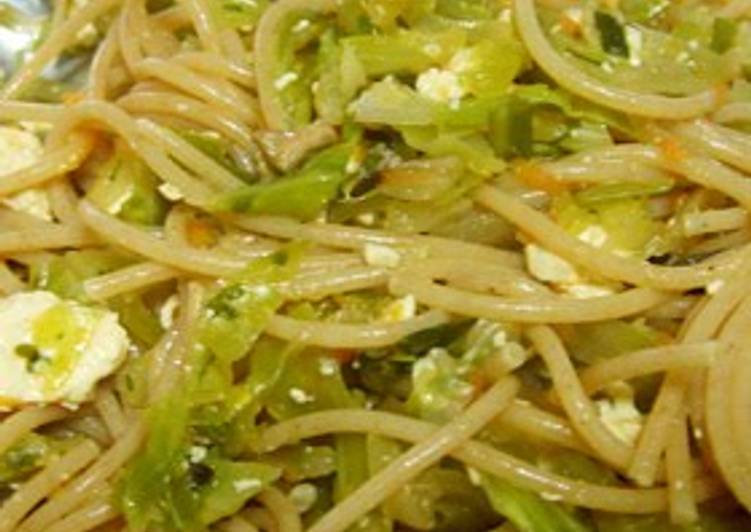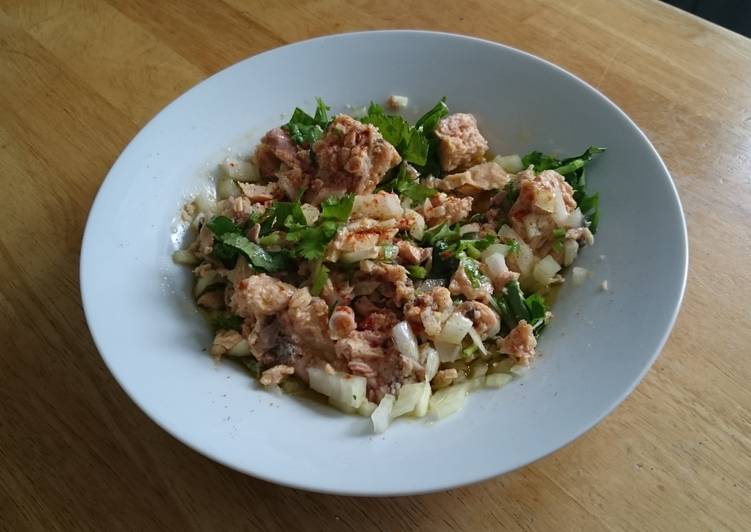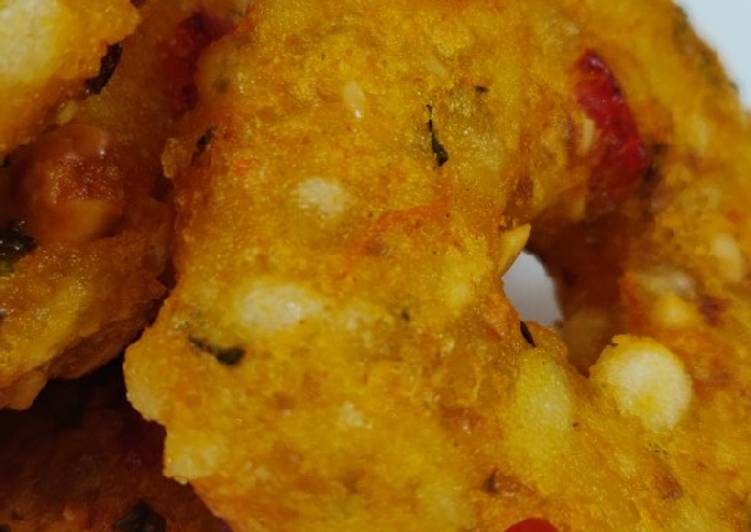
Hey everyone, it’s John, welcome to my recipe page. Today, I will show you a way to make a special dish, tofu & vegetable pasta with salt. It is one of my favorites food recipes. For mine, I am going to make it a little bit tasty. This will be really delicious.
Tofu & Vegetable Pasta with Salt is one of the most popular of current trending meals on earth. It is enjoyed by millions daily. It is simple, it’s fast, it tastes yummy. They’re fine and they look wonderful. Tofu & Vegetable Pasta with Salt is something that I have loved my whole life.
Tofu is one of those foods that sparks debate. Some can't rave enough about its health benefits, while Tofu is a food made of condensed soy milk that is pressed into solid white blocks in a process. Tofu, also tōfu (the Japanese Romaji spelling), doufu (the Chinese Pinyin spelling often used in Chinese recipes) or bean curd (the literal translation), is a food of Chinese origin, made by coagulating soy milk, and then pressing the resulting curds into blocks.
To get started with this particular recipe, we must first prepare a few components. You can cook tofu & vegetable pasta with salt using 13 ingredients and 6 steps. Here is how you can achieve it.
The ingredients needed to make Tofu & Vegetable Pasta with Salt:
- Get leaves Cabbage
- Take Onion
- Prepare Shimeji mushrooms
- Get Carrot
- Take Firm tofu
- Get Parsley (frozen)
- Make ready Oregano (dried)
- Get Garlic (grated)
- Get + 1 teaspoon Olive oil
- Prepare Pepper
- Make ready teaspoon~ Salt - Sel de Guerande
- Get servings Whole-wheat pasta
- Prepare Water
Tofu, soft, relatively flavorless food product made from soybeans. Chinese tofu usually has a somewhat firmer texture and a more-pronounced taste than that favoured in Japan. Tofu can work for the keto diet - but it's not right for everybody. Learn how to use this low-carb, high-protein food in a smart, keto-safe way.
Steps to make Tofu & Vegetable Pasta with Salt:
- Pour plenty of water into a large pan and put on the heat. Chop the cabbage into chunks and slice the onion into rounds. Grate the carrot with a cheese grater, remove the hard bottom from the shimeji mushrooms and break them apart.
- Add 1 tablespoon olive oil to a frying pan and stir-fry the onion. When the liquid evaporates add 100 ml water into the pan and continue to stir-fry. Add the cabbage and stir-fry until it wilts. At this point add the tofu to the saucepan from Step 1 that should now be full of boiling water and boil for 3-5 minutes. Drain the tofu and keep the hot water.
- Next, stir-fry the shimeji mushrooms. While they are stir-frying, add the spaghetti to the saucepan and hot water from Step 2 and boil according to the packets instructions.
- Add 1 level teaspoon of salt, the pepper, garlic, carrot, parsley and oregano. (Keep topping up the water level as it boils away, you can start to use the left over liquid from boiling the spaghetti and tofu here.)
- Add in the tofu, breaking it apart as you go. Drizzle over 1 teaspoon olive oil at the end and test the flavour, adjusting with salt and pepper.
- Mix the spaghetti and stir-fried ingredients together and serve while still hot.
Soft tofu: Soft tofu is the Chinese-style equivalent of silken tofu. It is slightly less smooth but can be used in the same way as silken tofu. Medium tofu: This tofu is denser than silken and soft but still. Tofu is a widely-enjoyed food made from soybeans, and it is a great example of how a simple food like soybeans can be woven into human food traditions in a way that is natural, inexpensive, and nourishing. Borrowed from Japanese 豆腐 (tōfu), from Middle Chinese 豆 (dùw, "bean") + 腐 (bjú, "rotten, fermented") (compare Mandarin 豆腐 (dòufǔ)).
So that’s going to wrap it up with this special food tofu & vegetable pasta with salt recipe. Thank you very much for your time. I am sure that you will make this at home. There’s gonna be more interesting food in home recipes coming up. Remember to bookmark this page in your browser, and share it to your family, friends and colleague. Thank you for reading. Go on get cooking!

